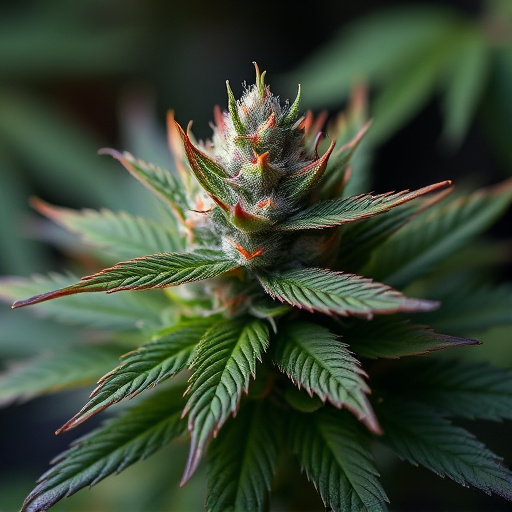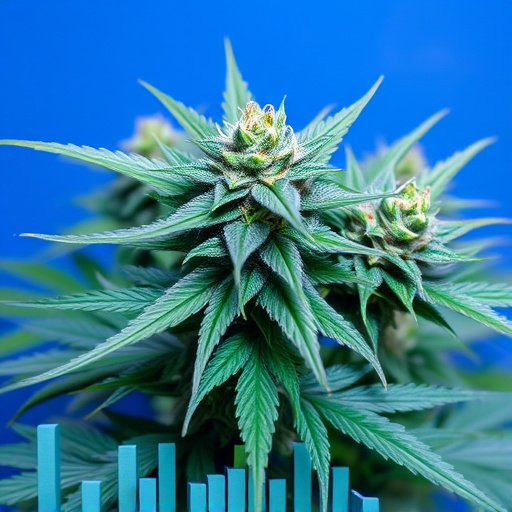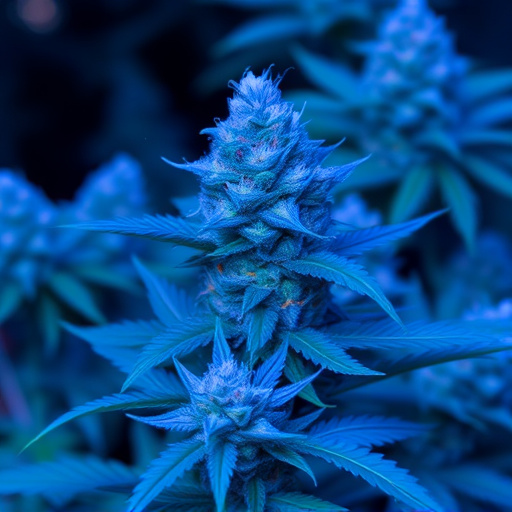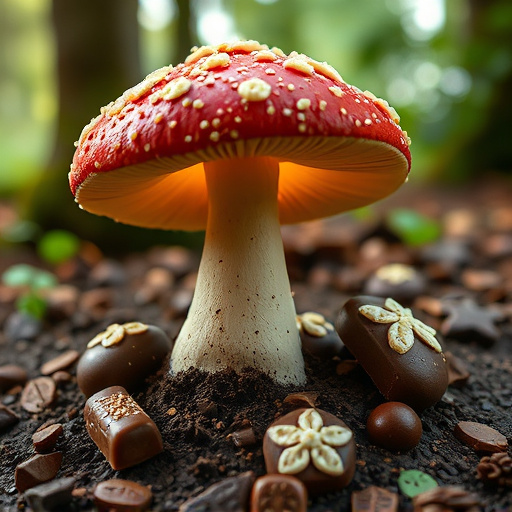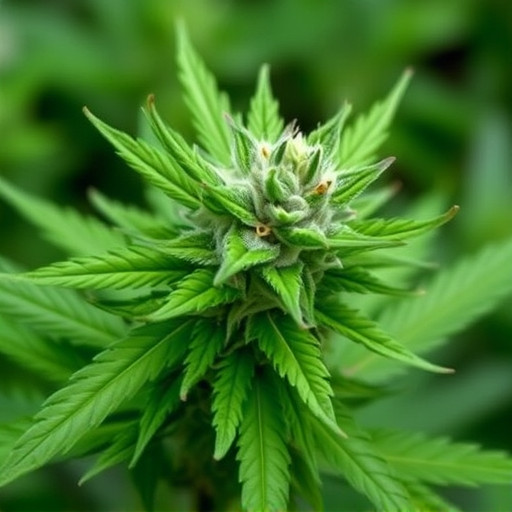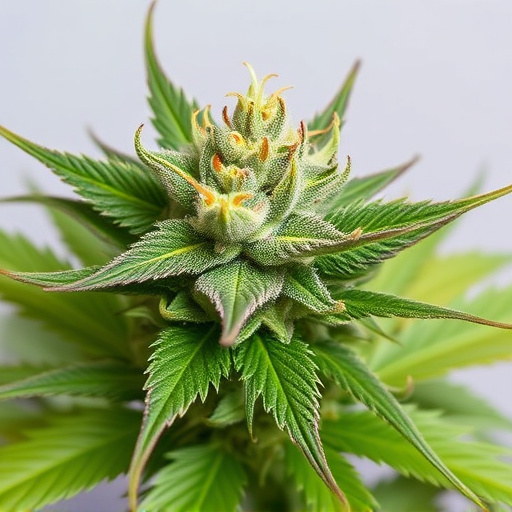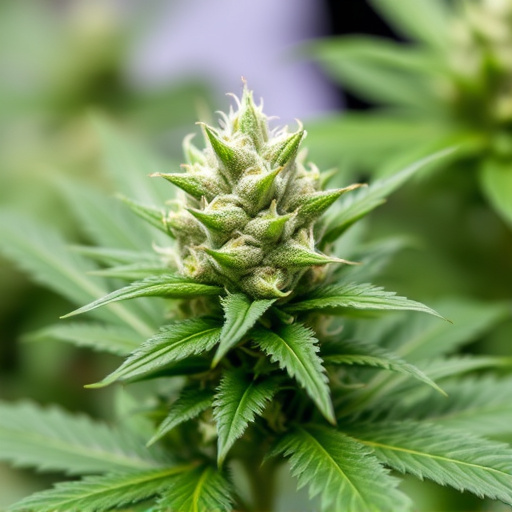Drug testing for marijuana (cannabis) detection relies on understanding THC levels, consumption methods, and strain variations. Beginners should opt for low-THC, high-CBD strains like Blue Dream or Granddaddy Purple for a milder experience. Edibles extend detection time up to 90 days, while smoked cannabis is typically detectable for shorter periods. Responsible use involves choosing the right strain, starting with small doses, and exploring gradually to avoid unpleasant reactions.
Discover how weed can show up in drug tests, even after occasional use. This guide breaks down the science behind weed detection, exploring factors that affect its detectability and offering insights into choosing the best cannabis strains for beginners. Understanding these key aspects is crucial for navigating drug testing while enjoying cannabis responsibly. Learn about specific strains known for their low THC levels or unique properties to help you make informed choices.
- Understanding Drug Testing and Weed Detection
- Factors Affecting Weed's Detectability in Tests
- Choosing Cannabis Strains for Beginners with Care
Understanding Drug Testing and Weed Detection

Drug testing is a crucial process used in various settings, from employment screening to sports competitions and legal proceedings. It aims to detect the presence of illegal or performance-enhancing substances, including marijuana (weed). Marijuana, or cannabis, is a complex plant with numerous chemical compounds, and its detection in drug tests relies on identifying specific cannabinoids, most notably tetrahydrocannabinol (THC), the primary psychoactive compound responsible for its ‘high’ effects.
For beginners exploring the world of cannabis, it’s essential to understand that different strains have varying THC levels, which can significantly impact the results of drug tests. While many popular best cannabis strains for beginners may have low THC content, making them less likely to show up in standard drug screenings, high-potency varieties could lead to positive test results. Therefore, individuals considering using marijuana should be aware of its potential impact and make informed decisions regarding their choice of strains and responsible use.
Factors Affecting Weed's Detectability in Tests
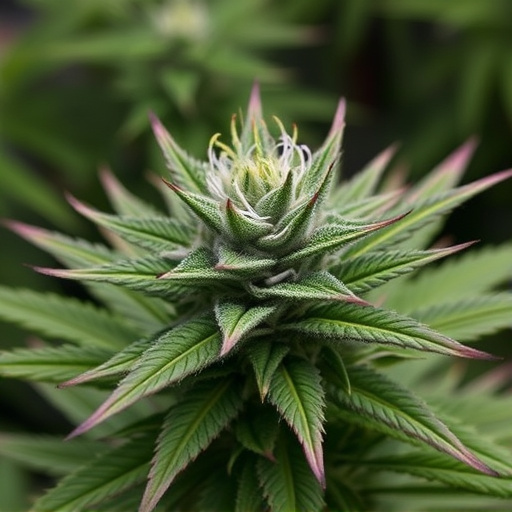
Several factors influence how long weed remains detectable in drug tests, and understanding these can be particularly helpful for those new to cannabis. Firstly, the type or strain of cannabis played is a significant role. Best cannabis strains for beginners are often lower in THC (tetrahydrocannabinol), the compound primarily targeted by most drug tests. Higher THC content generally means longer detection periods. For instance, potent strains can be detected in urine tests up to 30 days after consumption, while lighter varieties may show up for only a week or less.
Another critical factor is the method of consumption. Edibles and cannabis-infused products take much longer to metabolize than smoking or vaping. This delay can extend the detection window, sometimes even reaching up to 90 days in cases of frequent consumption. In contrast, the active compounds in smoked cannabis are quickly absorbed into the bloodstream, typically making it detectable for shorter periods, generally ranging from a few days to a week.
Choosing Cannabis Strains for Beginners with Care
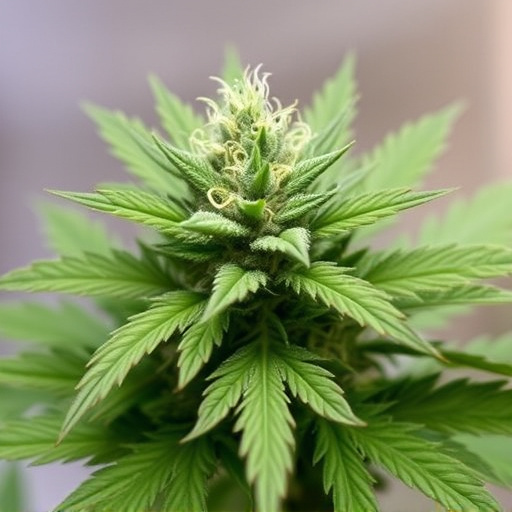
For beginners looking to consume cannabis, choosing the right strain is essential. Opting for low THC content and high CBD options can be a wise starting point, as these strains typically produce a calmer, more balanced effect, making them less intimidating for those new to the plant. The so-called “best cannabis strains for beginners” often include varieties like Blue Dream or Granddaddy Purple, known for their mild yet enjoyable experiences.
When selecting a strain, consider your intended consumption method—smoking, edibles, or tinctures—as this can impact the desired effects and flavor profiles. Remember, every person’s tolerance and preferences are unique, so it’s advisable to start with small doses and gradually explore different strains to find what works best for you while minimizing the risk of an unpleasant experience.
Weed’s detectability in drug tests varies based on factors like consumption method, frequency, and strain. For those new to cannabis, choosing the right strain is crucial. Opting for low THC, high CBD varieties or reputable hybrid options known for minimal residual buildup can significantly lower the chances of positive test results. Educating yourself about these factors empowers users to make informed decisions regarding their health and legal risks associated with drug testing. Remember, understanding how weed shows up in tests is the first step towards responsible cannabis use.
